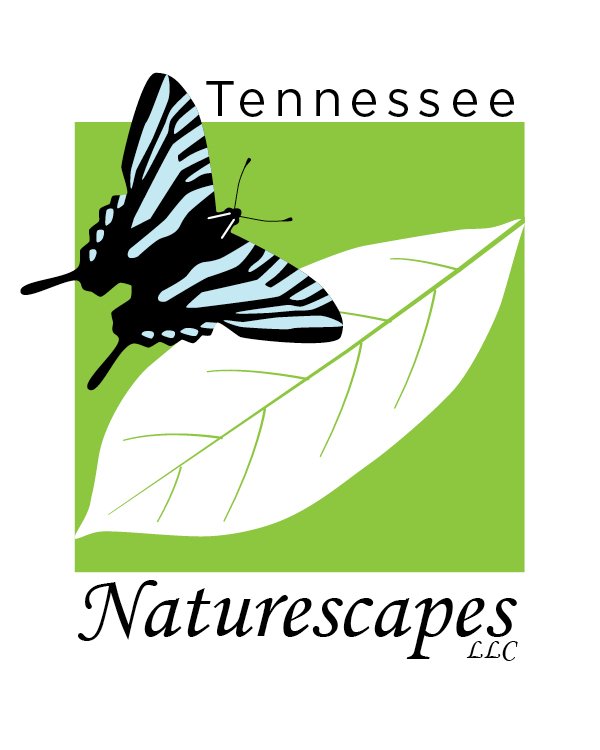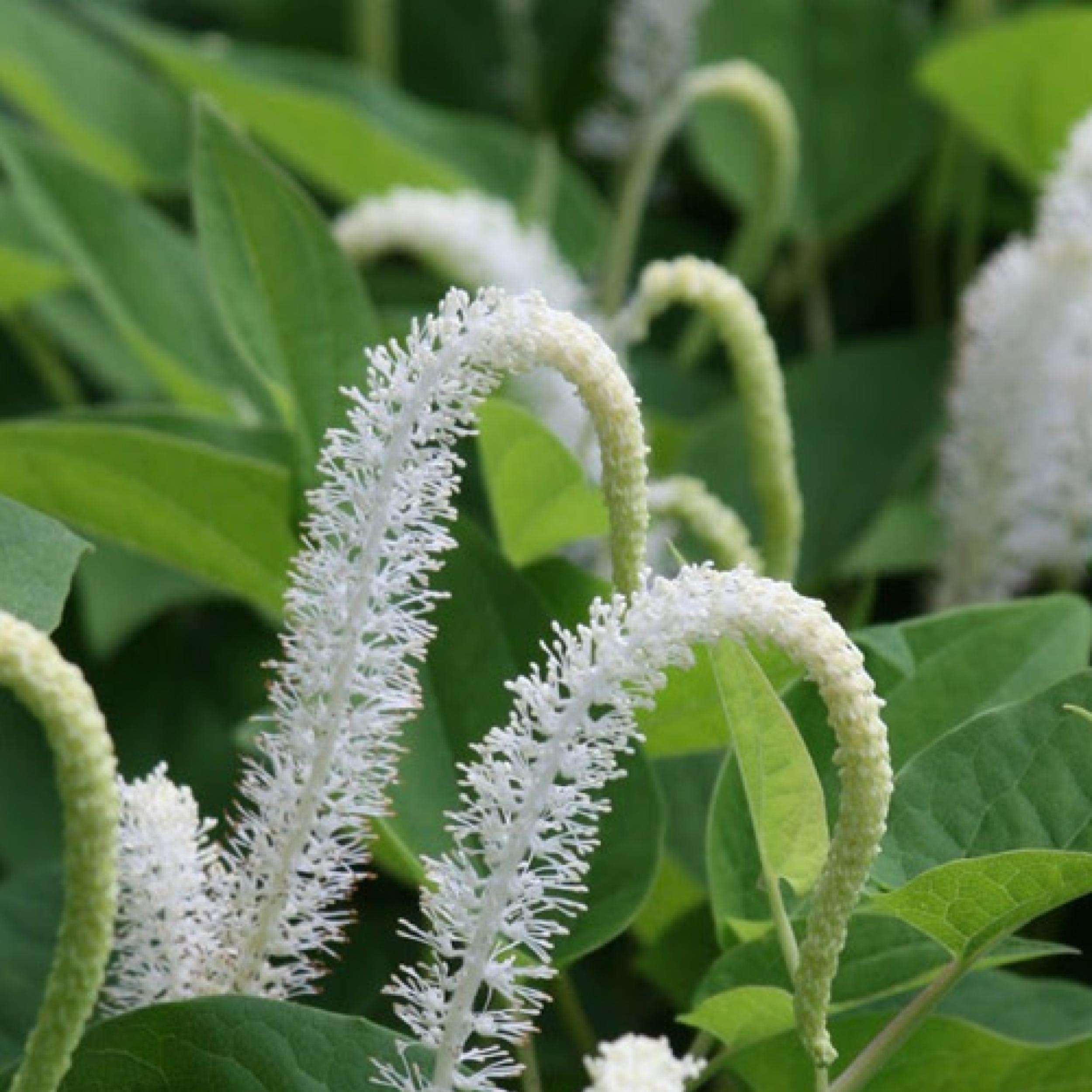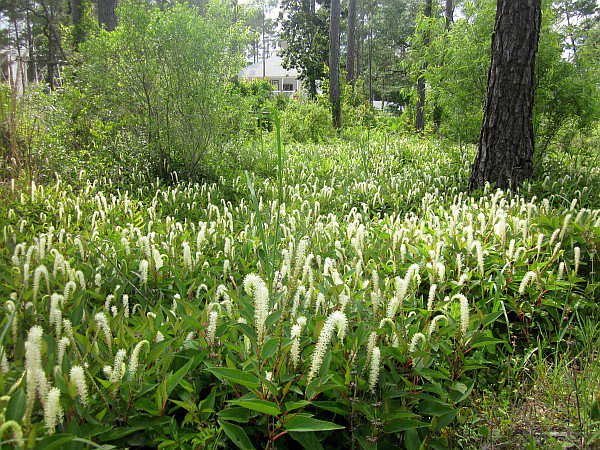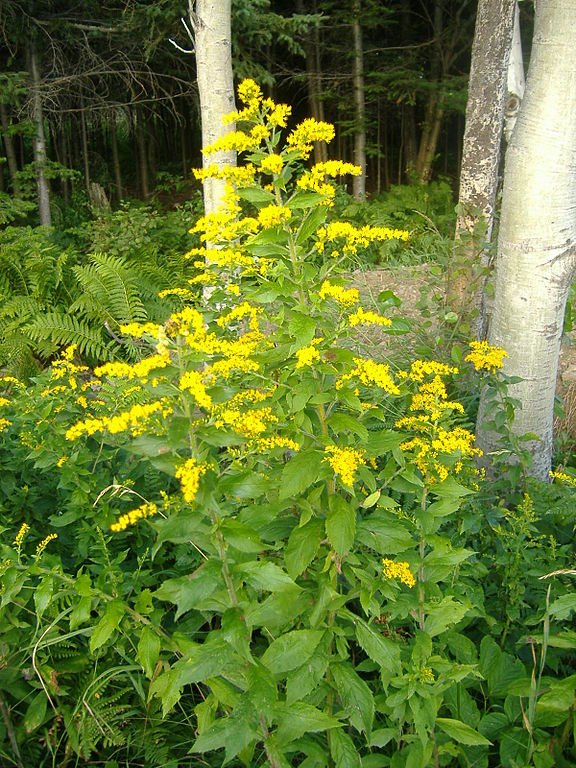 Image 1 of 3
Image 1 of 3

 Image 2 of 3
Image 2 of 3

 Image 3 of 3
Image 3 of 3




Echinacea tennesseensis (Tennessee Coneflower)
GARDEN SITE: ☀️-⛅ Average to medium, well-drained soil.
SIZE: 1-2 ft. Spread: 1-2 ft.
FLOWERS: Purple with coppery center/June-August
WILDLIFE: Attracts Bees & Butterflies
ZONE: 5-6
DISTRIBUTION: Tennessee
Commonly known as Tennessee coneflower. Used to belong to List of Endangered and Threatened Plants until 2011. Mass plant in the border, meadow, naturalized area, wildflower garden or part shade area of the woodland garden. Needs dry, well-drained soil conditions. Deer, Drought, Clay Soil, Dry Soil, and Shallow-Rocky Soil Tolerant.
In 1979, the Tennessee coneflower was one of the first plants to be placed on the endangered species list. But a 30-year recovery campaign by the U.S. Fish and Wildlife Service, the Tennessee Department of Environment and Conservation and The Nature Conservancy resulted in this native’s recovery from the brink of extinction, which has now been de-listed.
GARDEN SITE: ☀️-⛅ Average to medium, well-drained soil.
SIZE: 1-2 ft. Spread: 1-2 ft.
FLOWERS: Purple with coppery center/June-August
WILDLIFE: Attracts Bees & Butterflies
ZONE: 5-6
DISTRIBUTION: Tennessee
Commonly known as Tennessee coneflower. Used to belong to List of Endangered and Threatened Plants until 2011. Mass plant in the border, meadow, naturalized area, wildflower garden or part shade area of the woodland garden. Needs dry, well-drained soil conditions. Deer, Drought, Clay Soil, Dry Soil, and Shallow-Rocky Soil Tolerant.
In 1979, the Tennessee coneflower was one of the first plants to be placed on the endangered species list. But a 30-year recovery campaign by the U.S. Fish and Wildlife Service, the Tennessee Department of Environment and Conservation and The Nature Conservancy resulted in this native’s recovery from the brink of extinction, which has now been de-listed.
GARDEN SITE: ☀️-⛅ Average to medium, well-drained soil.
SIZE: 1-2 ft. Spread: 1-2 ft.
FLOWERS: Purple with coppery center/June-August
WILDLIFE: Attracts Bees & Butterflies
ZONE: 5-6
DISTRIBUTION: Tennessee
Commonly known as Tennessee coneflower. Used to belong to List of Endangered and Threatened Plants until 2011. Mass plant in the border, meadow, naturalized area, wildflower garden or part shade area of the woodland garden. Needs dry, well-drained soil conditions. Deer, Drought, Clay Soil, Dry Soil, and Shallow-Rocky Soil Tolerant.
In 1979, the Tennessee coneflower was one of the first plants to be placed on the endangered species list. But a 30-year recovery campaign by the U.S. Fish and Wildlife Service, the Tennessee Department of Environment and Conservation and The Nature Conservancy resulted in this native’s recovery from the brink of extinction, which has now been de-listed.
YOU MIGHT ALSO LIKE












